Lecture 5
Video
Types of information
- want to convert from not useful to useful one
- want to convert from one I have to one I want
Probability
- extension of logic to deal with the uncertainity
- logic - set of formal rules to determine what propositions are implied to be T/F given the assumption that other porpositions are T/F
- prob = set of formal rules to determine likelihood of a proposition being T given the likelihoods of other porpositions being T
Bayes’ Theorem Overview
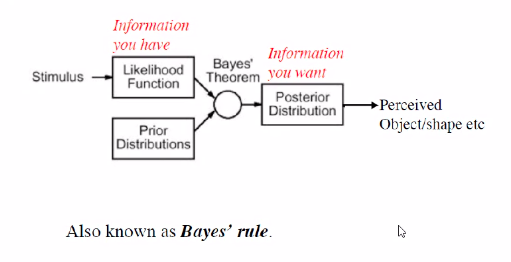
- on the left side I have info
- on right side I get in form of posterior distribution, the info I want
-
eg: left me jayega my test came positive, right me aayega whether I have corona
- I have an acoustic signal, I want to find what is being said
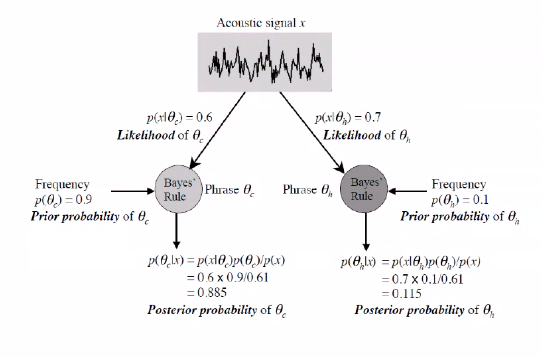
- last lec’s video me se = four candles vs fork handles
- frequency
- freq of ppl asked for fork handles
- MAP rule - Maximum a posterori
- jiski posterior prob jyada, woh le le
- so customer is asking for candles
- p(x) is acoustic signal that person is generating
- so we are taking into account what he generated + what was historical data
- This is Baye’s inference engine
- it is perfect
- no other engine gives btr results than this
- it doesn’t means ki this doesn’t gives wrong results
- Suppose u went to a doctor with some symptoms and ur doctor says ~90% of ppl who have a particular disease have these symptoms
-
=> P(symp disease) = 0.9 - should I be worried
- should the doc have told u this
- what would the doc have told u
-
P(d s) would have been btr
-
- so we have to convert not-useful to useful
- 1st prob is likelihood, second is posterior
- What is stimulus in this case
- patient going to doctor is a stimulus
-
- Another example -
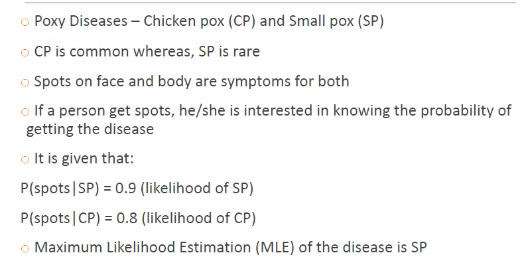 ,
, 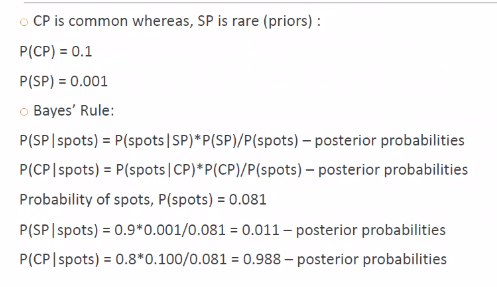
- there is a diff b/w MLE and Maximum A Posterior prob
Bayes properties
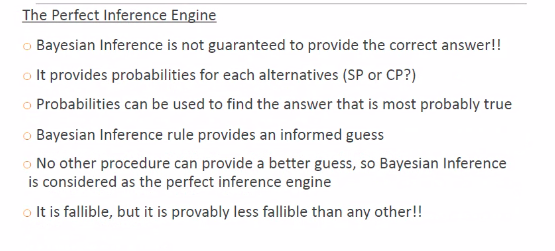
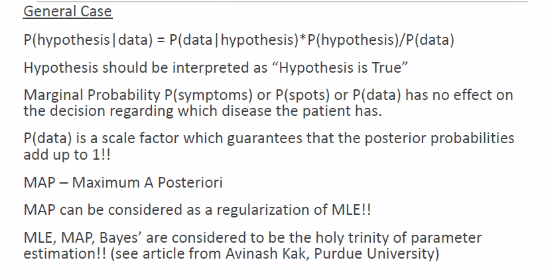
2 approaches to prob - Bayesian vs Frequentist
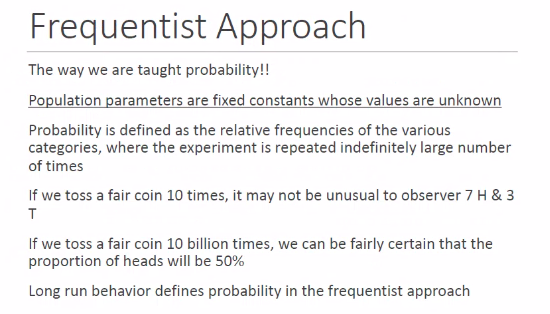
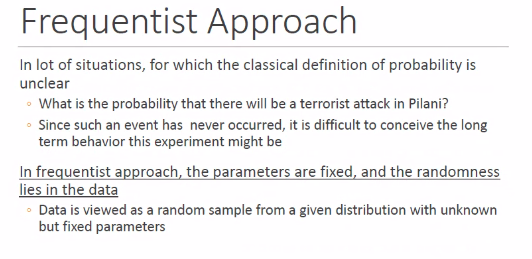
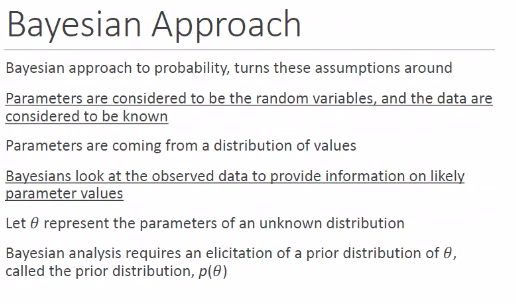
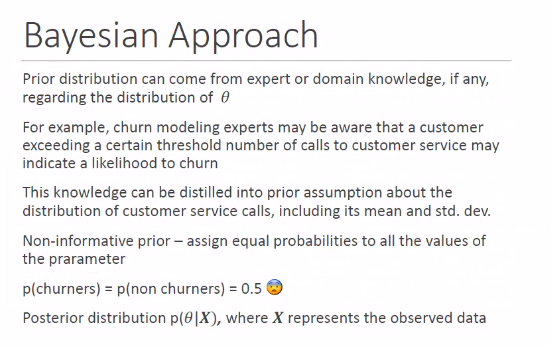
- non-informative priors, sabko equal prob de di maine
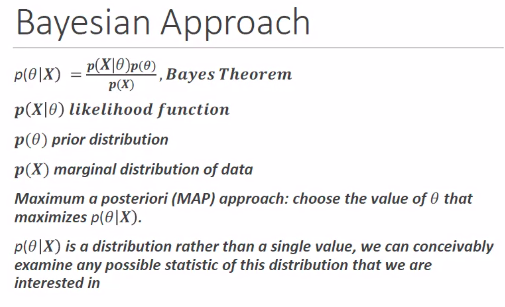
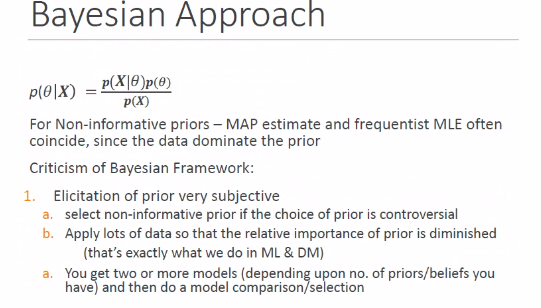
Problems with Bayesian
